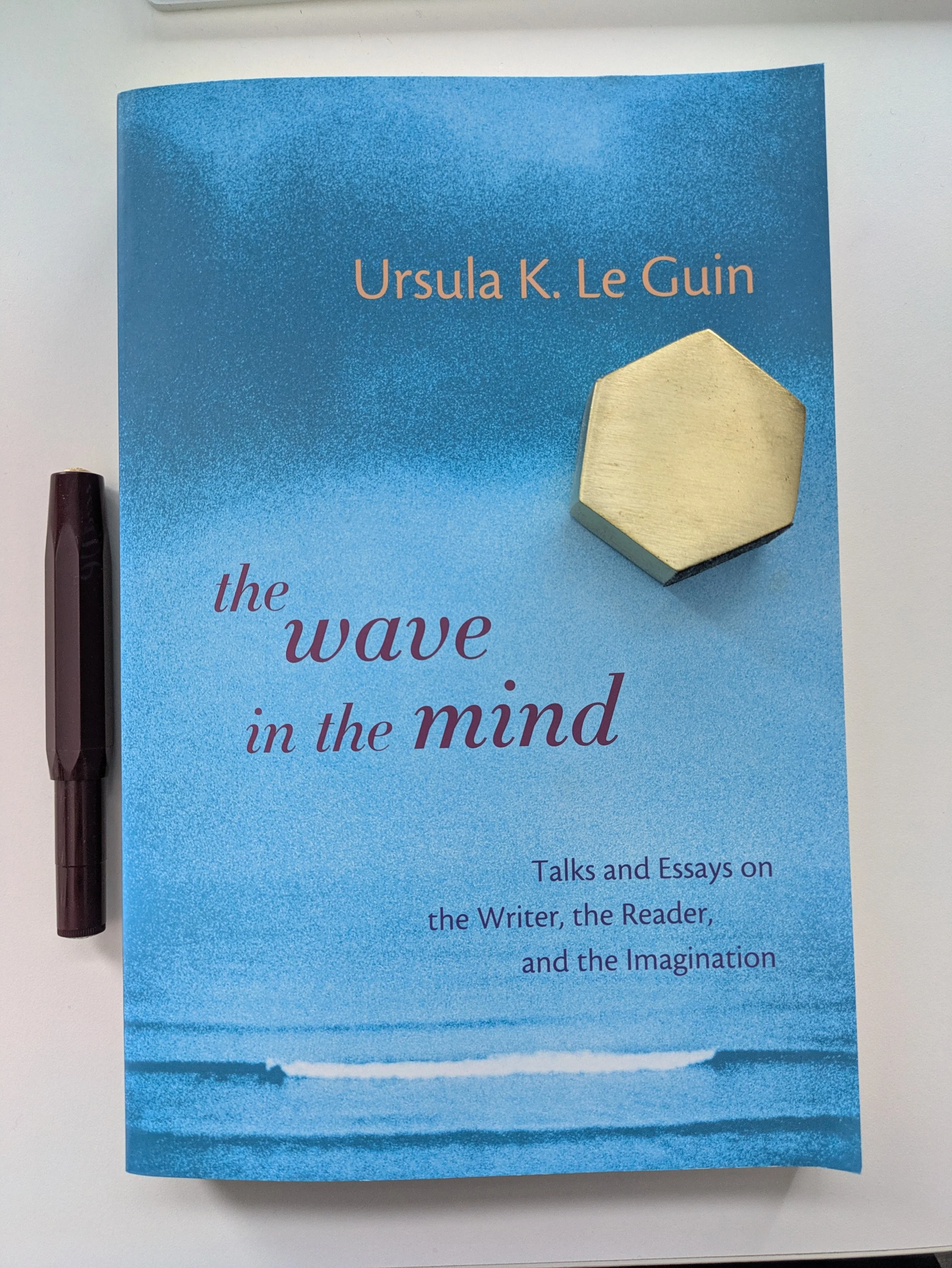‘Try to listen to your own body’s beat’: Rhythm in writing
In this video interview, Ursula LeGuin explains why she needs to hear what she writes ‘as it were out loud,’ and that ‘in some deep way that we don’t know how to explain’ this rhythm also ‘drives the story.’ She quotes from a letter from Virginia Woolf to Vita Sackville-West, which she uses as the epigraph – and title – for her book The Wave in the Mind: Talks and Essays on the Writer, the Reader, and the Imagination, published in 2004.
‘As for the mot juste, you are quite wrong. Style is a very simple matter: it is all rhythm. Once you get that, you can’t use the wrong words. But on the other hand here am I sitting after half the morning, crammed with ideas, and visions, and so on, and can’t dislodge them, for lack of the right rhythm. Now this is very profound, what rhythm is, and goes far deeper than words. A sight, an emotion, creates this wave in the mind, long before it makes words to fit it; and in writing (such is my present belief) one has to recapture this, and set this working (which has nothing apparently to do with words) and then, as it breaks and tumbles in the mind, it makes words to fit it. But no doubt I shall think differently next year.’
- Virginia Woolf writing to Vita Sackville-West, 16 March 1926
And here’s a page from a chapter in The Wave in the Mind, which Leguin called ‘Stress Rhythm in Poetry and Prose,’ based on a workshop she gave on ‘rhythm in language’ in 1995.
Further down this page, she writes: ‘Walking is a lovely beat. Just walking.’
How do you listen to your own body’s beat? How can you make space for it to find its way into your writing?
Develop your creative confidence.
Nurture your writing and your wellbeing.
Join my supportive writing community.
I hate spam. I’ll never share your email with anyone else.
Add your email in the box on the left.


